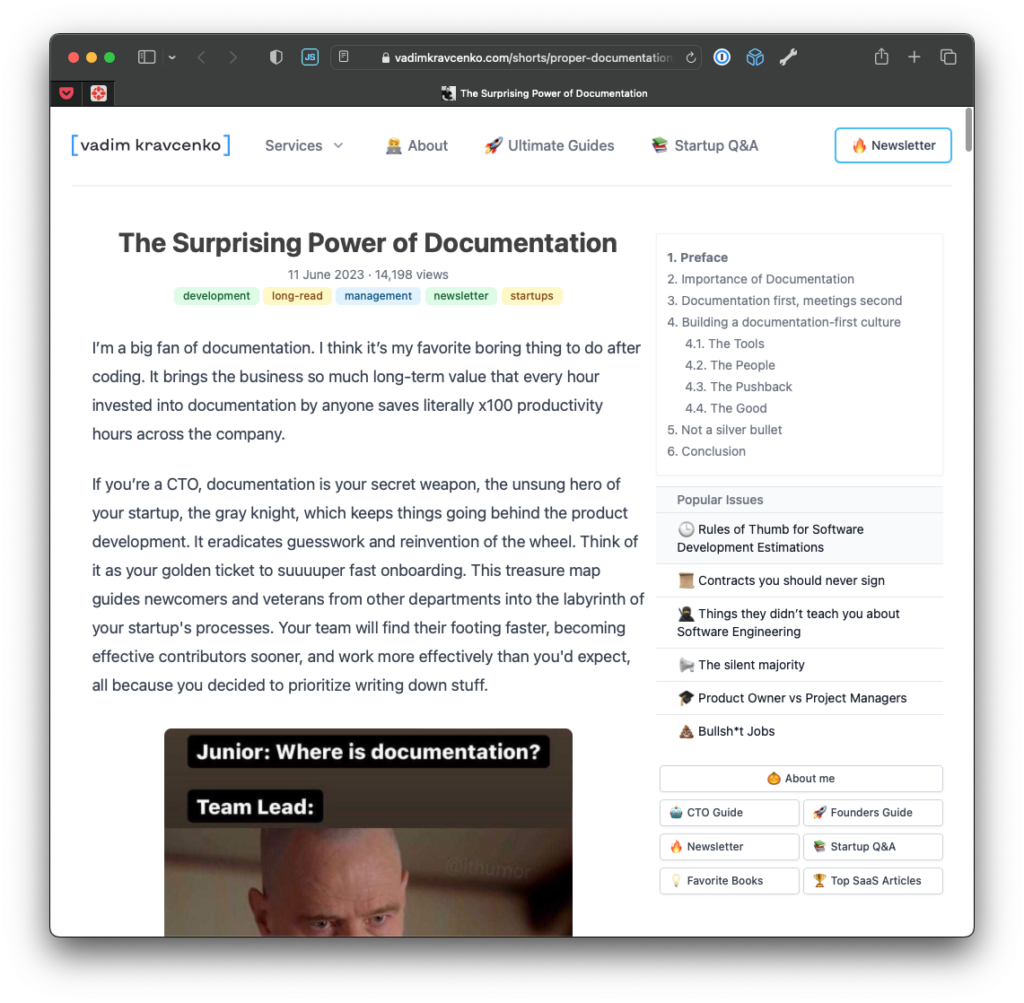Since there are a few extensions I’ve wanted to try out that aren’t available for Visual Studio Code’s stable builds, I’ve been using Visual Studio Code Insiders for the last few weeks.

The main difference is that this version is a daily release versus the standard monthly release and certain plugins, like GitHub Copilot Chat, requires the daily builds for it to run.
Here’s the thing, though: If you have settings you want to preserve across installations and Settings Sync doesn’t do the trick (I had hit or miss success with it across the two editions of the IDE), then here’s a simple trick for symbolically linking extensions, settings, and keybindings across editions.
Continue reading

